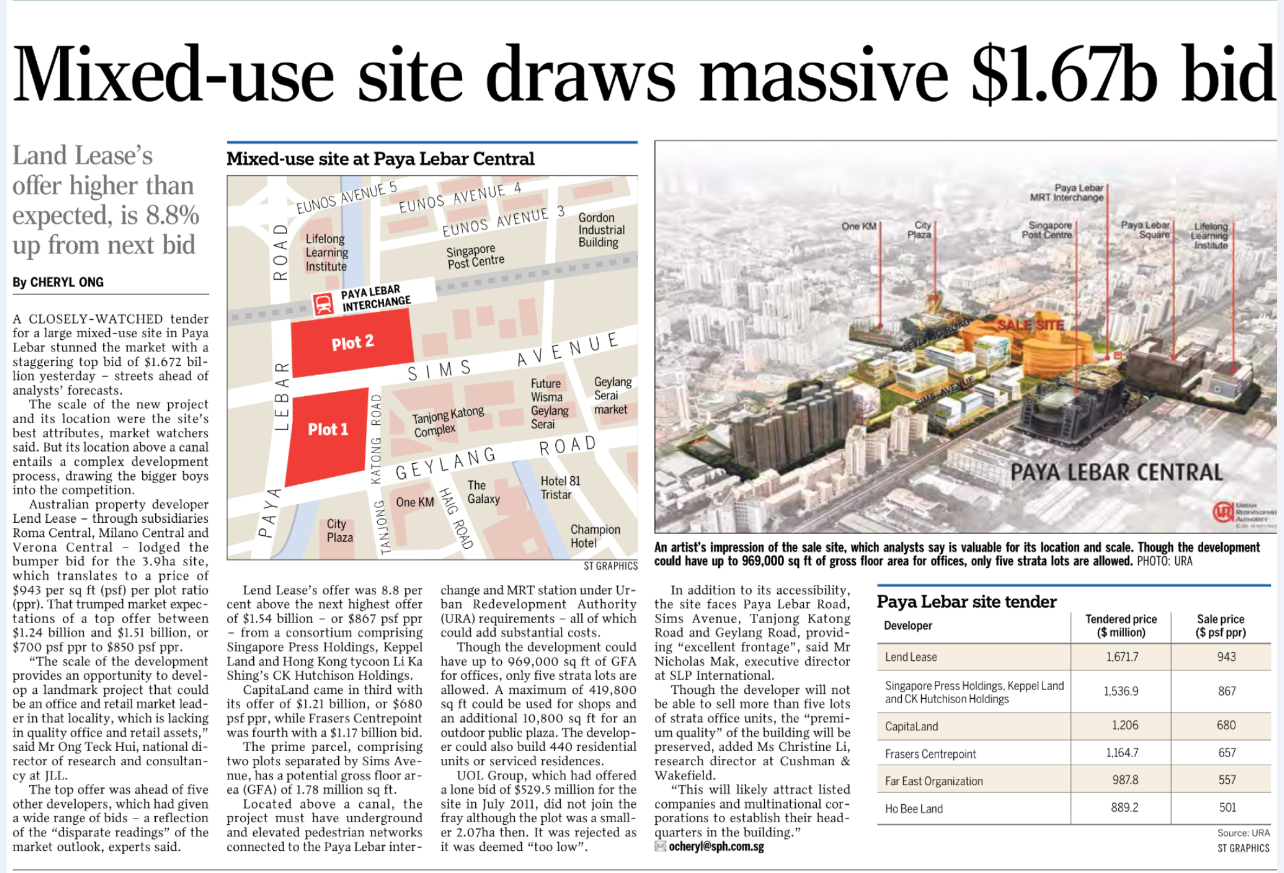As glitches persist, LTA calls for tenders to assess system
and operators grapple with glitches that do not seem to go away. -- ST PHOTO: KUA SEE SIONG
THE Land Transport Authority (LTA) is looking for experts to assess the health of the entire rail network as the regulator and operators grapple with glitches that do not seem to go away.
The authority has called one tender inviting parties to analyse the condition of the operating system, and another to look at the state of the infrastructure.
An LTA spokesman said the move is part of "continuous efforts to ensure the safety and reliability of rail services".
"The assessment builds on the studies that LTA conducted two years ago," she added.
In 2013, the authority conducted an assessment of the North-South and East-West lines' maintenance regimen.
A separate study assessed the condition of the North-East Line and Sengkang-Punggol LRT.
Observers welcome the new check as the number of major breakdowns - those lasting more than half an hour - hit a four-year high of 12 last year.
Veteran transport consultant Bruno Wildermuth said: "We obviously need an independent assessment. To what degree outsiders can give a valid opinion will depend a lot on the access that they will have to the systems, the operators' staff as well as maintenance records.
"But equally important will be the background experience of the outside consultant. Somebody like the British Rail Inspectorate or an experienced operator such as the Hong Kong MTR might be able to do the job."
According to the LTA, 73 per cent of delays lasting more than five minutes last year were caused by train and signalling faults - down from 79 per cent in 2011. Power supply and track problems accounted for 19 per cent of delays, up from 18 per cent in 2011.
But external causes - such as poor weather and track intrusions - shot up from 3 per cent in 2011 to 8 per cent last year.
The network health check could also help operators understand why certain stretches are problematic.
For instance, both SMRT and the LTA are baffled as to why the Kranji-Yew Tee stretch is the most problematic section of the North-South Line. So far this year, there have been seven breakdowns arising from faults there, lasting between five minutes and nearly five hours.
The last one happened on Monday, which lasted around 20 minutes but had ripple effects across the network.
Commuter Ethan Guo, who travels from Eunos to Orchard for work, said it caused him to miss a 50 per cent fare discount granted to travellers who exit at selected stations before 8am.
"I've always been able to get the discount," said the civil servant, who is in his 30s. "But the connecting train at City Hall took much longer to arrive than usual."
Mr William Lee, an adviser to the National University of Singapore's engineering faculty, said that to improve cost efficiency and technical expertise, Singapore should buy a single train model, instead of the current four.
"A mechanic might be able to work with various Japanese cars, but to have him also work on German, American and Korean makes is very challenging," he said. "It also makes skills upgrading more difficult."
National University of Singapore transport researcher Lee Der-Horng said getting an external party to assess the system is "a positive move".
"It will allow the LTA to tap the best available expertise and technology to keep our rail network up to date."
The Straits Times / Singapore Published on Wednesday, 22 April 2014
Please click the following for other Related Readings:
Please click the following for other Related Readings:














No comments:
Post a Comment